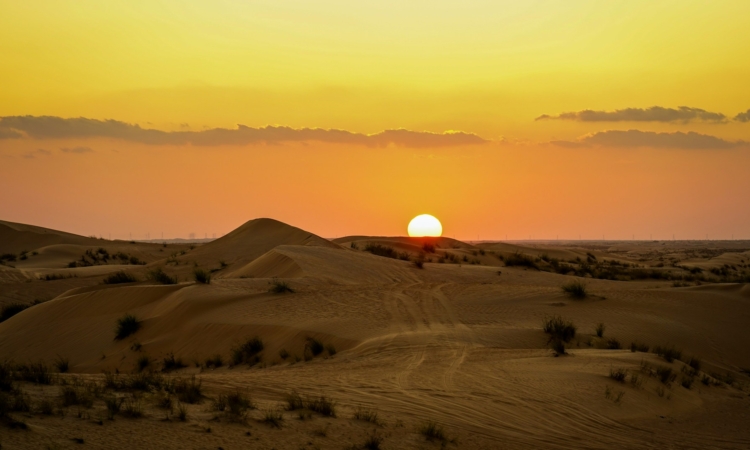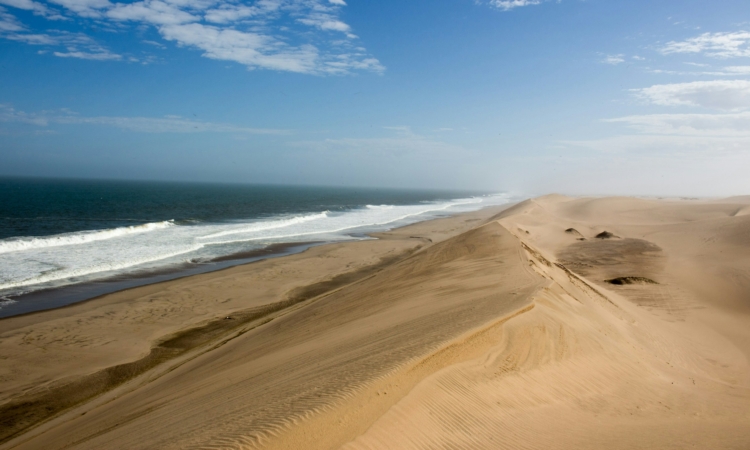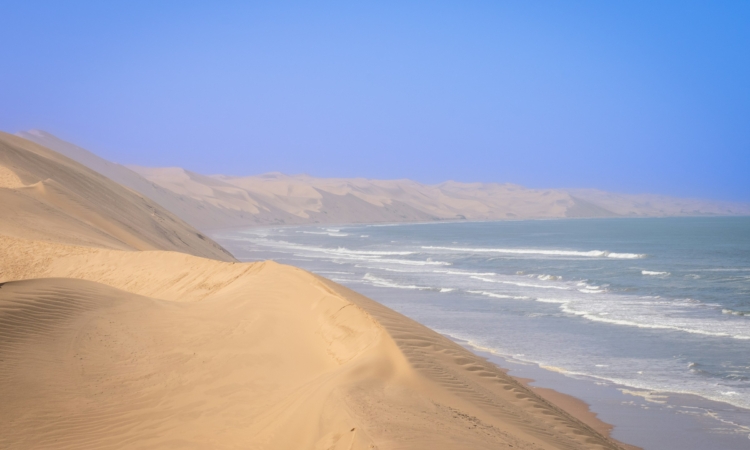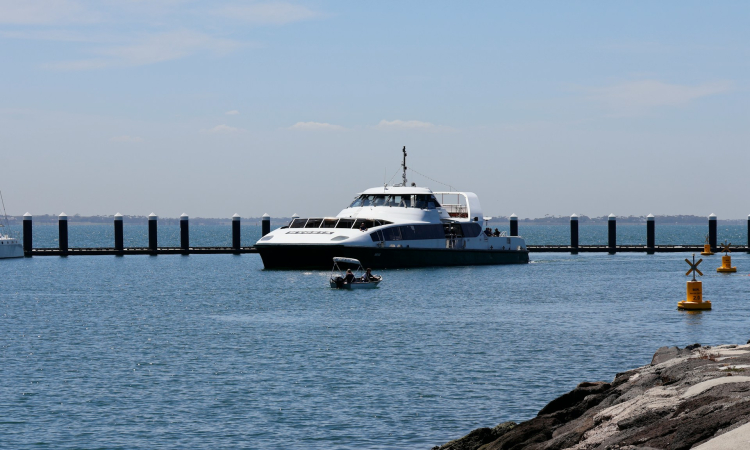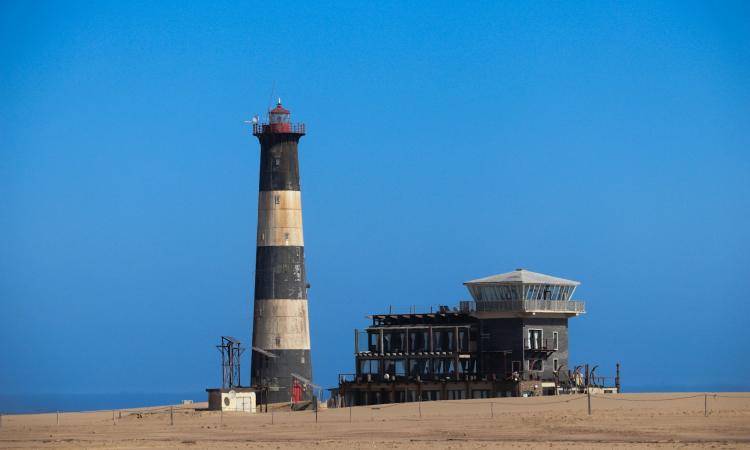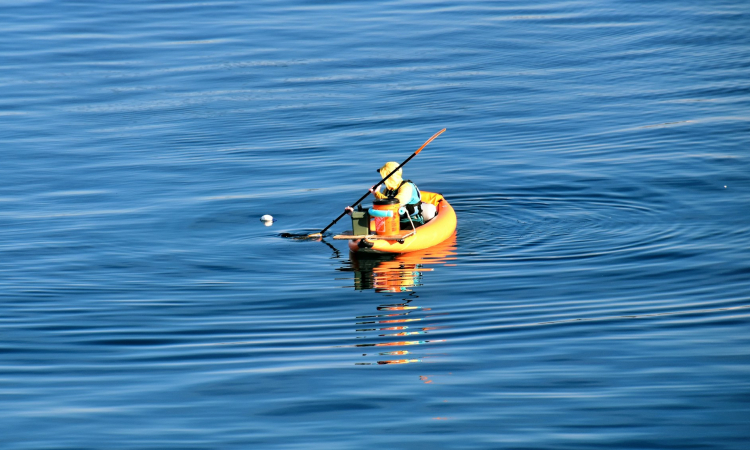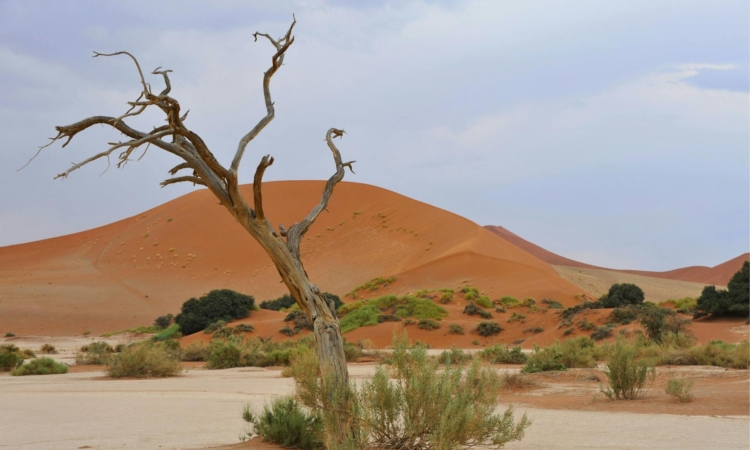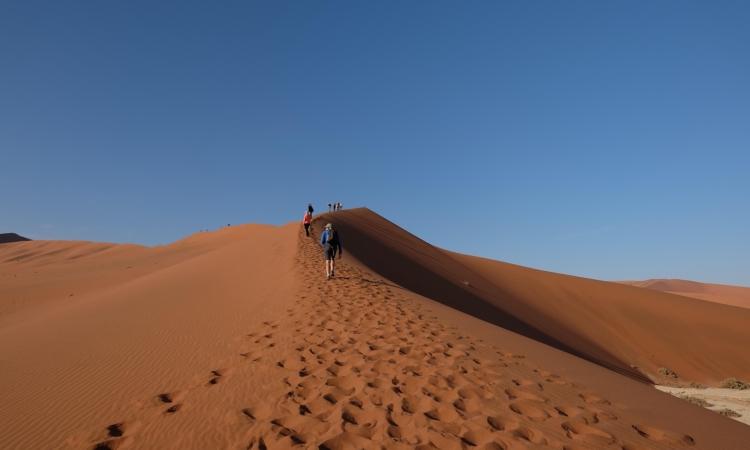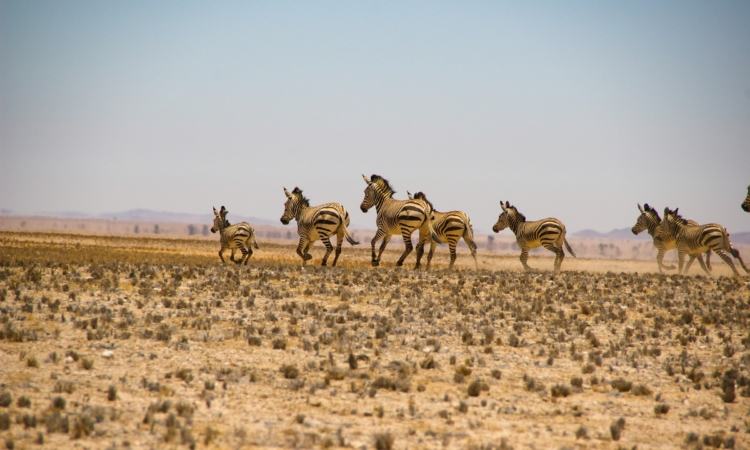The setting of Namibia’s Sandwich Harbour, where tall sand dunes meet the Atlantic Ocean, is known for its special views and rare wildlife sightings. Some of Namibia’s tallest dunes, which are part of the Namib Sand Sea, can reach over 100 meters high.
The name Sandwich Harbour comes from the English whaling ship Sandwich, which operated in the 1780s. Sailors went there for meat, fresh water, fishing, and whaling.
It is one of the most important coastal wetlands in Namibia and is also one of the country’s five Ramsar sites. Ocean fog brings moisture to this dry area, helping rare plants and animals survive.
Sandwich Harbour is 64 kilometers south of Walvis Bay and can only be reached by 4×4 vehicles.
Dune Characteristics

Some of the large dunes are more than 100 meters (300 feet) tall. They are part of the Namib Sand Sea, a coastal desert where fog is important for giving water and supporting the environment.
The view is unique as the dunes run into the ocean. Some dunes are steep and high, and driving over them requires skill and careful control.
Wildlife
The area has many birds, making it a good place for people who enjoy nature. Near the coast, you may see seals and dolphins, as well as birds like terns, flamingos, and pelicans. Other animals in the area include ostriches, jackals, springbok, and oryx.
Activities
Guided 4×4 tours are highly recommended to cross the rough land safely and enjoy the experience. You can drive up and across the dunes, stopping at places with wide views.
You can also choose to hike across the sandy areas to reach a protected lagoon near Walvis Bay.
Consider Before Visiting
The best options are a guided self-drive trip or a guided Sandwich Harbour tour. The area can become dangerous when the tide comes in, so it is important to understand local tide patterns.
The weather can change quickly, so be sure to check the forecast before your trip.


